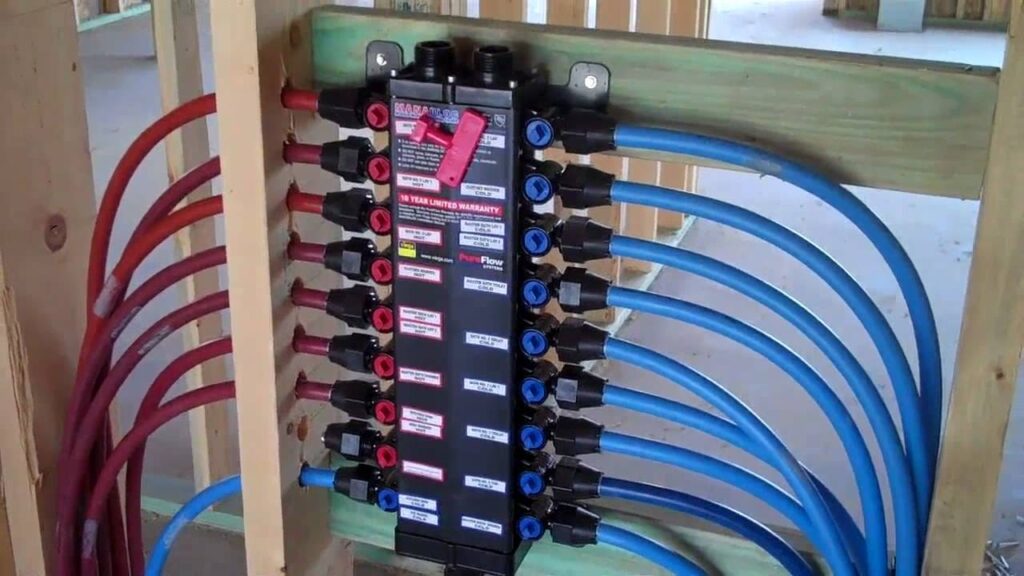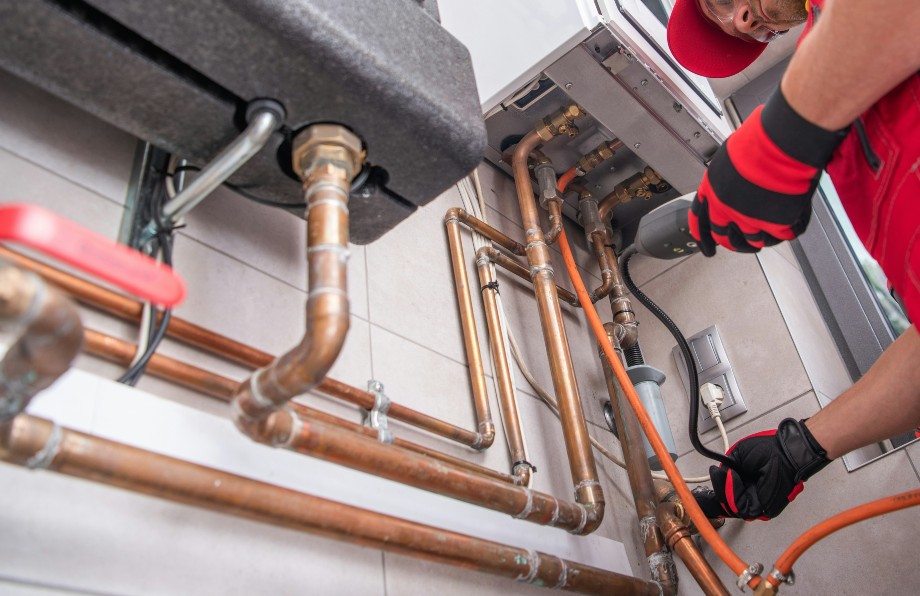The Latest Plumbing Technologies in 2025
As we move further into the digital age, nearly every aspect of modern living is being transformed by smart technology, automation, and sustainability. Plumbing—a system as old as civilization itself—is no exception. In 2025, plumbing has evolved beyond simple pipes and drains into a realm of intelligent systems, eco-conscious design, and advanced materials. Homeowners, commercial property managers, and professional plumbers are all reaping the benefits of these innovations.
Below, we explore the most exciting plumbing technologies shaping the industry in 2025.
-
Smart Plumbing Systems
One of the biggest trends in plumbing this year is the integration of smart systems that allow users to monitor and manage water usage with unprecedented precision. Smart plumbing devices can now detect leaks in real time, shut off valves automatically, and provide detailed water consumption reports through mobile apps.
For example, whole-house smart water monitors like the updated Flo by Moen or the Phyn Plus Gen 2 have become household staples. These devices use AI and machine learning to understand normal water patterns and alert homeowners instantly if a leak or anomaly is detected. The convenience and cost savings from preventing water damage and reducing waste make smart plumbing a top investment in 2025.

-
Greywater Recycling Systems
Sustainability remains a top concern in building and plumbing design, and greywater recycling is gaining momentum. Greywater—relatively clean wastewater from sinks, showers, and washing machines—is now being reused more efficiently thanks to compact, home-scaled filtration systems.
These systems filter greywater on-site and redirect it to flush toilets or irrigate gardens, dramatically reducing water usage. In places facing water scarcity or strict environmental codes, such systems have moved from luxury to necessity. Newer models launched in 2025 are smaller, more energy-efficient, and even capable of integrating with smart home platforms for automated control.
-
Touchless Fixtures and Voice-Activated Plumbing
The COVID-19 pandemic accelerated the demand for hands-free fixtures, and in 2025, this technology has matured significantly. Touchless faucets, toilets, and soap dispensers are now standard in both commercial and high-end residential plumbing. These devices not only enhance hygiene but also help conserve water through precise flow control.
What’s new in 2025 is the integration of voice-activated technology. Smart home assistants like Amazon Alexa and Google Home can now adjust water temperature, start the shower, or fill a bathtub to a preset level—all by voice command. This fusion of convenience and cleanliness is a hallmark of modern plumbing.
-
Advanced Pipe Materials
While copper and PVC have long dominated plumbing materials, newer options in 2025 offer better durability, flexibility, and sustainability. Cross-linked polyethylene (PEX) continues to rise in popularity due to its resistance to freezing and corrosion, but now, even more advanced composites and bio-based plastics are entering the market.
Nanotechnology-enhanced pipes are also beginning to emerge. These pipes offer better resistance to biofilm buildup and can self-report structural weaknesses or contaminants through embedded sensors. For industrial plumbing applications, these innovations are game-changers.
-
Water Heaters That Think
Traditional water heaters are being replaced by tankless and smart water heating systems. In 2025, these devices not only provide hot water on demand but also learn household usage patterns to maximize efficiency. Some models can even participate in energy-saving programs by adjusting their heating cycles in response to utility pricing or grid demand.
Connected via Wi-Fi, these water heaters alert homeowners when maintenance is needed or when performance drops. Brands like Rheem and Rinnai are leading the charge with highly efficient, app-controlled models that are changing the face of plumbing infrastructure.
-
Plumbing Drones and Robots
For professional plumbers, 2025 offers a toolkit straight out of science fiction. Small inspection drones and robotic crawlers are now widely used to inspect pipes, detect clogs, and perform diagnostics in tight or hazardous spaces. These devices are especially useful in large-scale plumbing systems like those in high-rise buildings or municipal sewer networks.
Some robotic systems are even capable of pipe repair, applying internal lining or sealant without the need for extensive excavation. This significantly reduces labor costs, repair times, and disruption to occupants—highlighting how robotics is revolutionizing the plumbing industry.

-
Augmented Reality (AR) for Plumbing Repair and Training
Technicians now use AR headsets to overlay schematics and repair instructions onto real-world plumbing systems. This helps speed up diagnostics and allows for remote assistance from senior experts. For apprentices and DIY homeowners alike, AR makes plumbing more accessible and less intimidating.
Training programs also incorporate AR for realistic simulations of plumbing installations and repairs, improving education and reducing errors on the job site.
The Future is Flowing
Plumbing in 2025 is smarter, greener, and more efficient than ever before. As these technologies continue to evolve, they offer homeowners greater control, cost savings, and peace of mind. For professionals, the shift means new tools, higher standards, and exciting opportunities for growth.
Whether you’re upgrading your home’s plumbing system or working in the trade, staying informed about the latest innovations is crucial. The plumbing of the future isn’t just about moving water—it’s about moving forward.